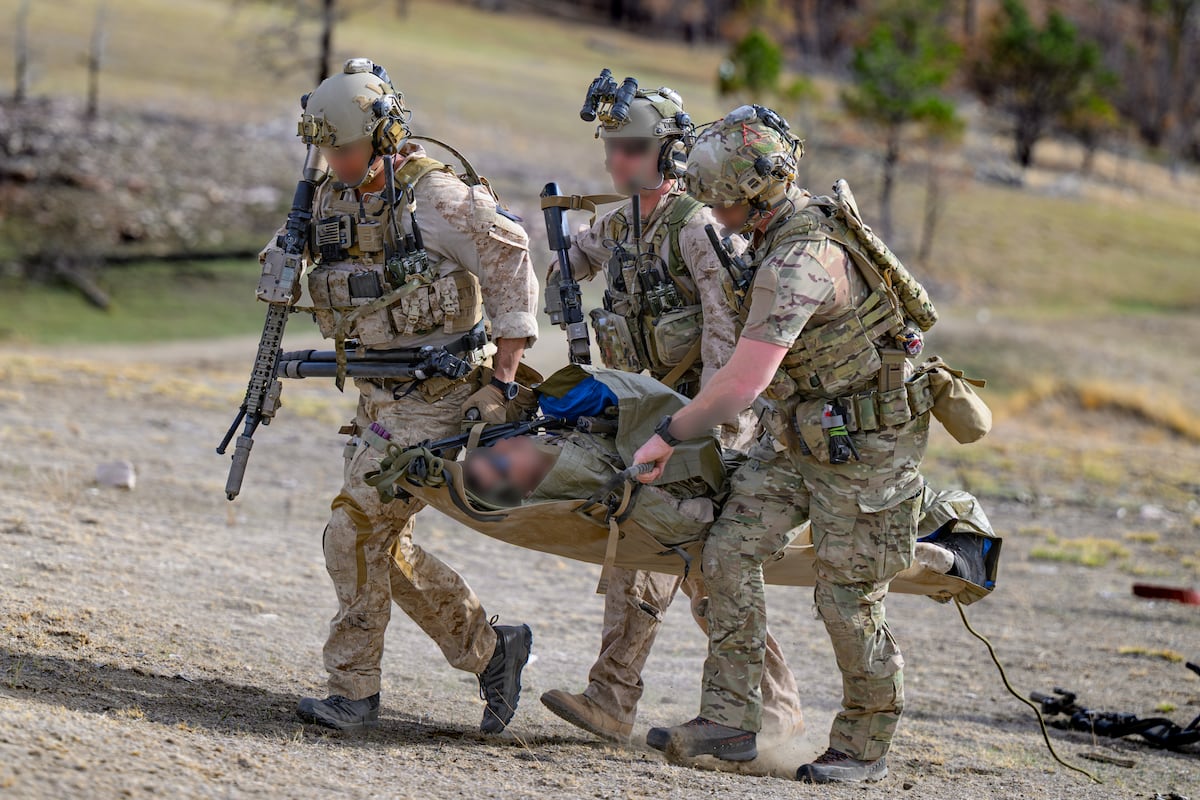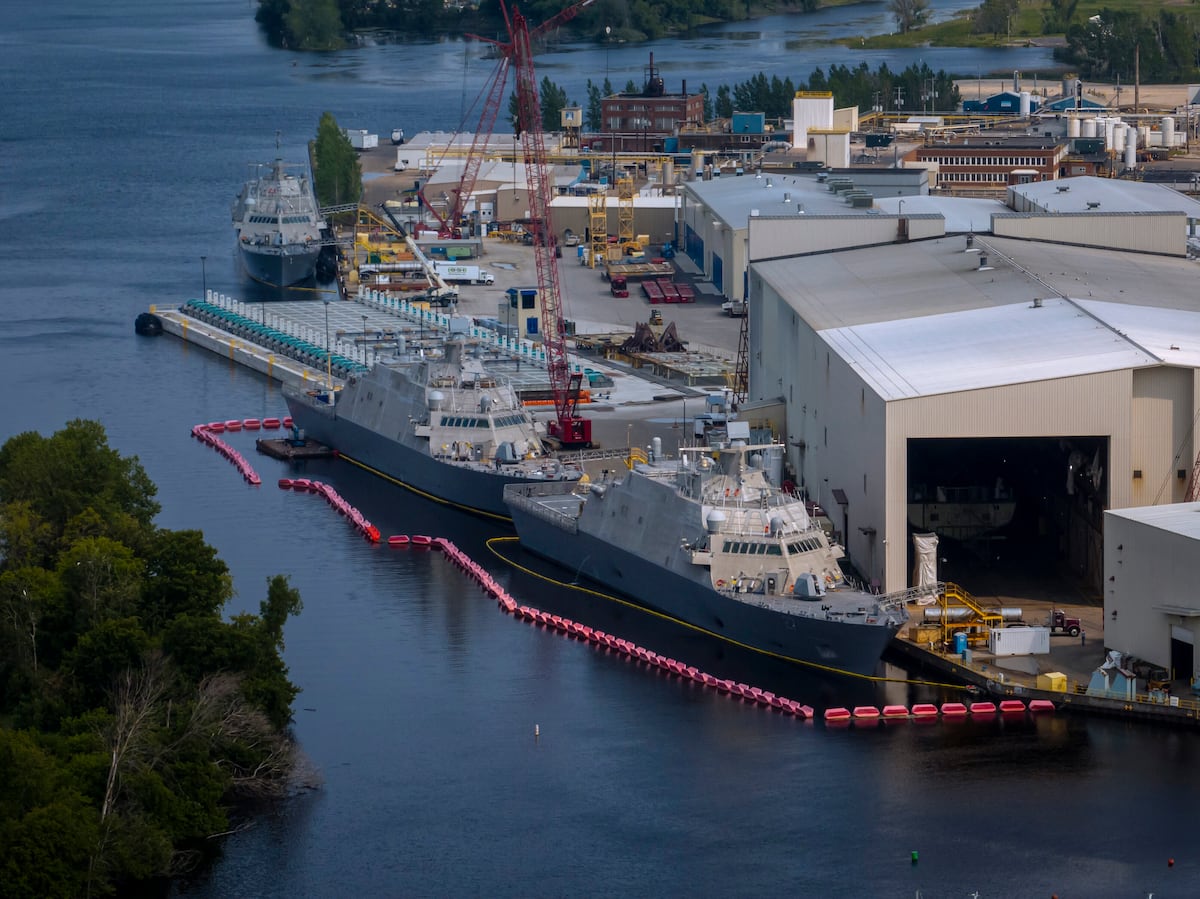TAMPA, Fla. — All U.S. special operators will soon wear concussion sensors as the services aim to better track brain health. Special Operations Command will begin fielding a blast exposure monitoring system next year.
Officials who develop and procure all the gear that touches the body of an operator laid out that initiative and a host of other items they plan to upgrade or replace in the next few years here on Wednesday at the Global SOF Foundation Special Operations Forces Week conference.
“We’re putting concussion sensors on every operator pretty soon,” said Adam Fields, product manager for Program Executive Office SOF Warrior’s protection systems.
The blast exposure monitoring system they’ll need to track that data is planned to arrive over fiscal years 2026 to 2029, Fields said.
RELATED
At the same time, Fields and other leaders at the executive office will follow the practice of refreshing, or recompeting, contracts for specific gear every five years.
That timeline means that this year the PEO is looking to replace the ground helmet and maritime communications accessories.
Next year, they’ll be looking at new gloves, ruck sacks, hard armor for their body armor kits, land communication accessories and a new coxswain helmet for boat crews.
Farther out, their plan calls for replacing outer shell type environmental protection, think jackets and coats, especially for cold weather, in 2028.
Also, in 2028 they’ll be looking to replace or upgrade body armor vests.
Within those replacements, they expect to field lighter body armor that will defeat armor-piercing rounds. They want the same protection out of lightweight ballistic helmets and add improved bump protection, comfort, stability and heat management.
They’ll also reach full fielding of the new casualty evacuation kit system by fiscal year 2026.
Beyond personal gear, the team is also looking for autonomy and arctic kits for most all their ground vehicles, which range from the Joint Light Tactical Vehicle to the MRZR all-terrain vehicles.
SOCOM is also in the process of swapping the MRZR-D for the MRZR-A. The “D” version sports a diesel engine while the “A” model uses the same base package but adds exportable power for charging and powering devices.
Within those devices the PEO officials are looking at a series of new capabilities for their electronic gear and other items.
Those include militarized USB-C connectors, increased energy density for next generation batteries, multi-spectrum signature reduction, flame resistant material for uniforms, sound localization in headsets and heated technology to protect against frostbite and other environmental factors.
Todd South has written about crime, courts, government and the military for multiple publications since 2004 and was named a 2014 Pulitzer finalist for a co-written project on witness intimidation. Todd is a Marine veteran of the Iraq War.
Read the full article here








Leave a Reply